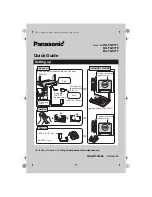
Important safety instructions
61
•
International Commission on Non-Ionizing Radiation
Protection (ICNIRP)1996
•
Verband Deutscher Elektrotechniker (VDE) DIN-0848
•
United States Federal Communications Commission,
Radio Frequency Exposure Guidelines (1996)
•
National Radiological Protection Board of the United
Kingdom, GS 11, 1988
•
American National Standards Institute (ANSI) IEEE. C95.
1-1992
•
National Council on Radiation Protection and
Measurements (NCRP). Report 86
•
Ministry of Health (Canada), Safety Code 6
These standards are based on extensive scientific review. For
example, over 120 scientists, engineers, and physicians from
universities, government health agencies, and industry reviewed
the available body of research to develop the updated ANSI
standard.
The design of your phone complies with these standards when
used as described under "Telephone Operation."
Operational precautions
To assure optimal phone performance and make sure human
exposure to RF energy is within the guidelines set forth in the
relevant standards, always adhere to the following procedures.
Antenna care
Use only the supplied Motorola approved replacement antenna.
Unauthorized antennas, modifications, or attachments could
damage the phone.
Do NOT hold the antenna when the phone is IN USE.
Holding the antenna affects call quality and may cause the
phone to operate at a higher power level than needed. In
addition, use of unauthorized antennas may result in non-
compliance with the local regulatory requirements.






































